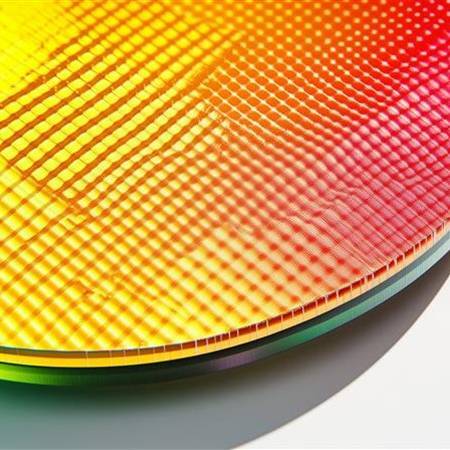What is critical-dimension small angle X-ray scattering (CD-SAXS)?
CD-SAXS is an advanced metrology technique widely used in the semiconductor and nanotechnology fields. When X-rays are irradiated onto periodic nanoscale patterns, distinct diffraction peaks can be obtained even in a laboratory environment, and analysis of these patterns enables precise determination of the pattern geometry.
Critical dimensions (CDs) are the smallest feature sizes on a device that must be precisely controlled for the device to function correctly. Variations in critical dimensions—even by a nanometer or two—can significantly impact electrical performance, yield, and reliability. With only a few minutes of measurement, CD-SAXS can evaluate CD profiles along the depth direction with sub-nanometer sensitivity. In addition, parameters such as pattern depth, sidewall angle, and overlay shift can be measured non-destructively.
By adopting a transmission geometry, CD-SAXS is applicable to devices with pattern depths greater than 1 μm (e.g., 3D-NAND, DRAM). In reflection geometry, it can be applied to devices with depths ranging from a few nanometers up to about 200 nm (e.g., FinFET, GAA, nanosheet, CFET). Thanks to its non-destructive and highly sensitive nature, CD-SAXS is drawing attention as a critical metrology tool for semiconductor manufacturing, particularly for post-lithography dimension evaluation and process variation monitoring.

Rigaku recommends the following products

Contact Us
Whether you are interested in getting a quote, want a demo, need technical support, or simply have a question, we're here to help.
